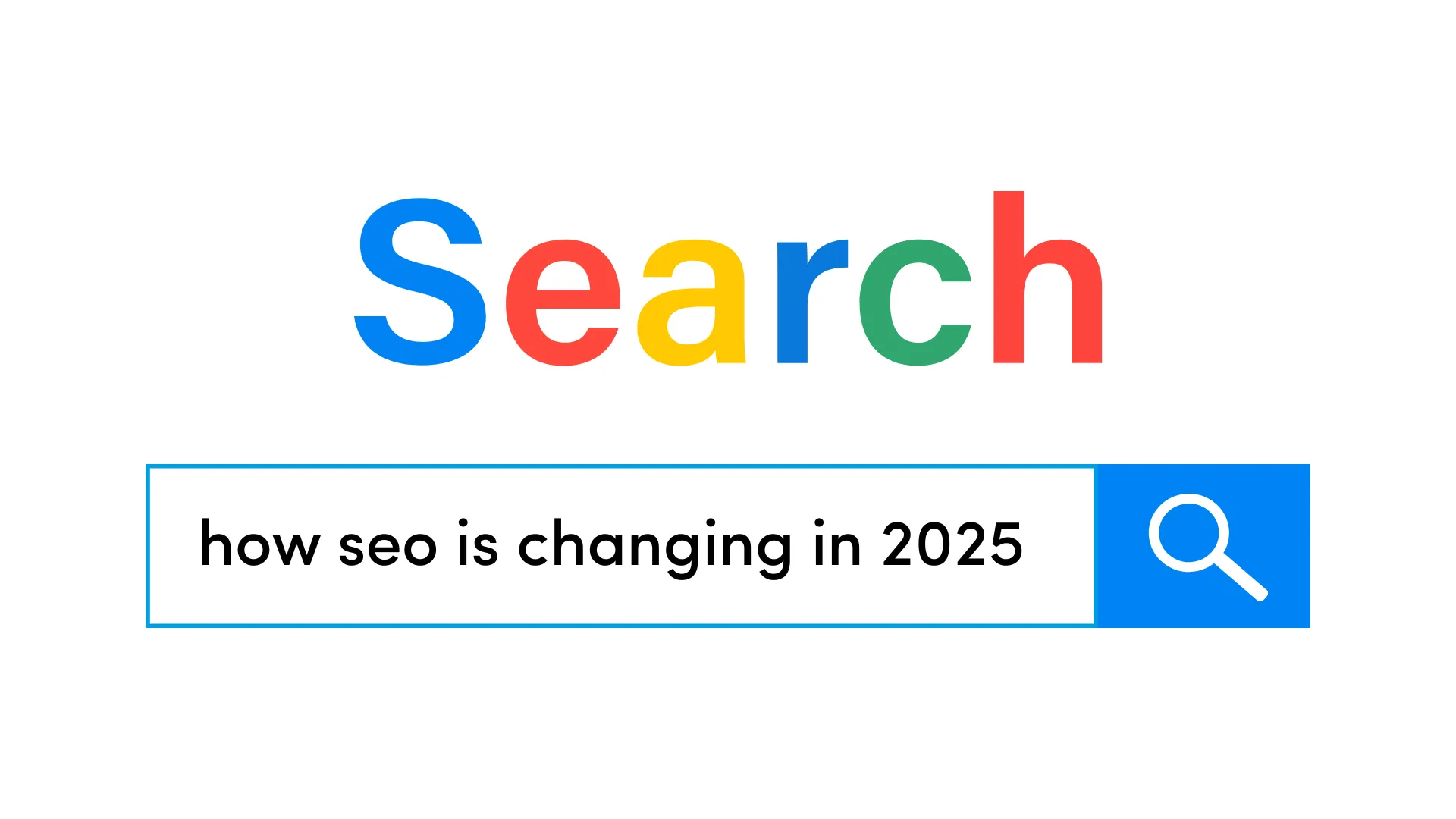When a social media post starts gaining traction, you’ll often receive prompts from the platform encouraging you to reach a wider audience by boosting the post. A word of advice: Don’t do it. It’s a waste of your precious ad budget and probably won’t achieve anything other than some extra likes on your post.
What is a Boosted Post?
Boosting a post is a common feature across social media platforms, originating with Facebook. Before the introduction of Ads Manager, Business Pages only had one way of advertising; boosting posts. There were no campaigns or objectives other than increasing your reach and engagement. At that time it was beneficial, as Business Pages were favoured by the algorithm, and boosting could provide an extra visibility boost.
To quote Meta, “A boosted post is an ad you create from an existing post you published on your Facebook Page or Instagram account.” It’s the simplest way to have your post reach more people on the platform. On the surface it sounds good – you’re getting more eyes on your content. However, the simplicity of boosting posts is where problems arise.
Why Boosting Posts is very, very bad
Boosting posts lacks the customisation and targeting options that a traditional Meta campaign offers. With boosting, you have limited control over how the ad runs and how its success is measured. It’s much harder to track where your money is going, assess whether the campaign was effective, or determine who actually saw your post.

What is the difference between Boosted Posts and Promoted Posts?
Don’t be fooled by different terms – “boosted,” “promoted” and “amplify” mean essentially the same thing across all social media platforms. Regardless of the name, these features offer the same limited capabilities.
What to do instead of Boosting Posts?
If you’re aiming to increase reach and engagement with your target audience, the better approach is to run a traditional Meta campaign with an Engagement or Reach objective. This method gives you full control over how your budget is spent, offers more audience targeting options and allows you to customise details like ad placements.
You don’t need to start from scratch, either. The ‘Use Existing Post’ feature lets you promote an already-published post within a structured campaign. This way, you can rotate new posts into your campaign or turn off posts that have run their course. This approach also makes it easier to monitor performance, manage your budget and maintain overall control.

If you’re looking for expert help with your social media advertising, you’ve come to the right place. Contact our team to find out how we can help grow your business online.

Quick Website Audit Checklist When was the last time you really looked at your website through the eyes of a customer? We often assume that once [...]

For years, SEO strategies have revolved around keywords. The approach was simple: identify the terms people were searching for, create pages that matched them and optimise around [...]

Starting July 10, 2025, public posts from professional Instagram accounts will start appearing in Google search results. That means your photos, Reels and videos could soon show [...]

One of the most common concerns we hear from clients is: “I feel like we’re repeating ourselves too much.” They worry that saying the same message more [...]

Quick Website Audit Checklist When was the last time you really looked at your website through the eyes of a customer? We often assume that once [...]

In a world where marketers battle for every second of audience attention, Labubu – a quirky character from Pop Mart’s “Monster” series - has done the seemingly [...]

Social media marketing is full of outdated advice, bad habits and half-truths that get repeated so often they start to sound like facts. But just because you’ve heard [...]

In our last article, we tackled a common misconception in digital advertising: Ads don’t fail because of the algorithm - they fail because of the offer. The [...]

We’ve seen it many times before. A campaign launches on Meta or Google. The creative looks schmick. The ad set enters the learning phase… and then, crickets. [...]

With the release of Google AI Overviews, we were left wondering what will become of Google Ads. If AI Overviews sit at the top of search results, [...]

For years, SEO strategies have revolved around keywords. The approach was simple: identify the terms people were searching for, create pages that matched them and optimise around [...]

After launching a small-scale test of ads on Threads in January (limited to select brands in the U.S. and Japan), Meta has now opened Threads ads to [...]

